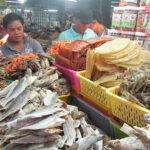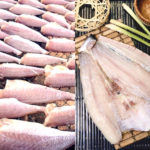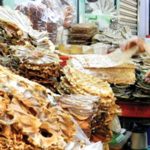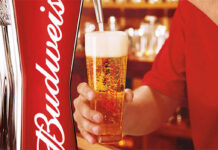“A Taste of Nostalgia: Indulging in the Delicacy of Sơn La’s Tép Dầu Fish”
For those who grew up in the countryside during the 80s and 90s, this fish is a familiar friend. Tép dầu fish, also known as thầu dầu, is a humble yet delicious treat, once a staple during tough times, now transformed into a sought-after delicacy.
These tiny fish, measuring just 2-3 fingers in length, are native to the rivers and lakes of Sơn La, a province renowned for its ethnic diversity and culinary delights. The tép dầu season spans from January to April each year, when locals harvest these little fish from the Đà River and the Sơn La hydroelectric lake.
Each season brings an abundance of tép dầu, and the traditional preparation method involves cleaning, marinating, and sun-drying the fish. The cleaning process is meticulous due to their small size. After cleaning, the fish are marinated with a blend of spices, including salt, chili paste, sate, sugar, and turmeric, ensuring that the flavors penetrate deep into the flesh. Finally, they are sun-dried in well-ventilated areas, resulting in a unique, tasty treat.
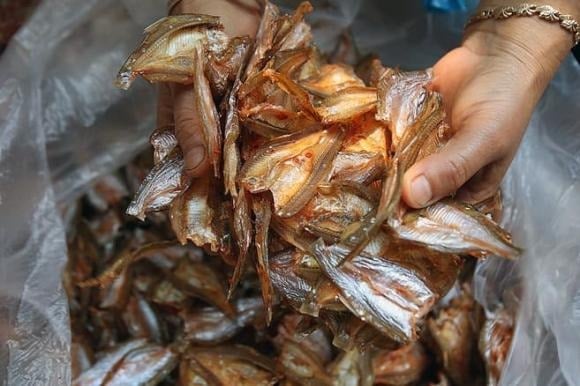
The tép dầu season yields a plentiful catch, providing ample fish for processing.
Hoài, a local from Quỳnh Nhai in Sơn La, shared that in the past, tép dầu fish were abundant but not economically significant. Locals would often prepare them in simple, rustic dishes or make fish sauce when there was a surplus. However, in recent years, this unassuming fish has gained popularity, and it is now sold across various provinces. To catch tép dầu, fishermen use lights to attract the fish at night, hauling in the nets only the next morning.
“Fresh tép dầu fish are challenging to transport due to their small size, so locals prefer to sun-dry them,” Hoài explained. “The dried fish have a sweet flavor and are comparable to the esteemed cá chỉ vàng in terms of taste.”
The preparation process is laborious due to the tiny size of the fish. They are meticulously cleaned, removing any debris, scales, and intestines. The fish are then marinated with fresh chili, sugar, salt, sate, and local spices for about 15 minutes before being sun-dried. The drying racks are traditionally made of bamboo, and depending on the weather, it can take up to four days for the fish to fully dry. It takes approximately 5 kg of fresh tép dầu to produce 1 kg of dried fish. On sunny days, the drying process can be completed in as little as one or two days.
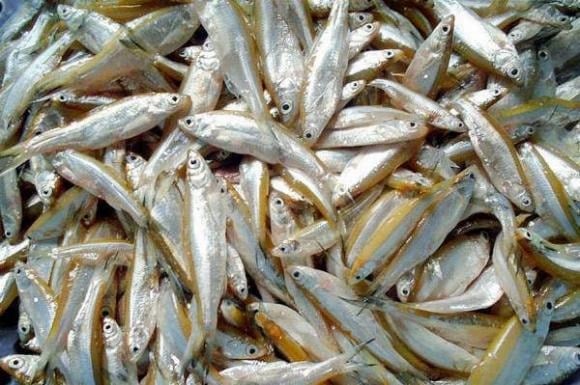
The tiny size of the fish makes the cleaning and preparation process quite intricate.
Online marketplaces buzz with sellers offering both fresh and dried tép dầu fish. The fresh variety is often marketed as meaty, with edible bones rich in calcium, and versatile for cooking, whether it’s stewed, sour soup, or fish cakes. The dried tép dầu, on the other hand, fetches a higher price, reaching up to 300,000 VND per kilogram. It is typically grilled or fried, making it a beloved snack to enjoy with drinks.
“The unique preparation method imparts a wonderful aroma, a creamy texture, and a perfect blend of sweet and spicy flavors in every bite,” shared Giêng, another local from Sơn La. “My family buys tép dầu during the season, dries it, and sells it immediately. Dried tép dầu is in high demand among customers from other provinces and restaurants alike. Its distinct flavor and aroma also make it a popular choice for tourists to take home as gifts.”
When choosing dried tép dầu, pay attention to the color and texture. The best-quality fish will have a light yellow hue, appearing clear and bright. It should feel dry to the touch, and the flesh should be firm and plump. Avoid fish that feels moist or has signs of liquid seepage, as it may be past its prime.
The Ultimate Guide to Drying Fish: Keep Flies Away and Enhance the Flavor
Introducing a simple yet effective solution to a common problem: keeping pesky flies at bay when drying fish or squid. This time-saving trick will ensure a hygienic and hassle-free drying process, so you can focus on the task at hand without any annoying interruptions. Stay tuned as we reveal this handy tip, which will take less than a minute to learn and revolutionize the way you dry seafood!
How to Spot Chemical-Soaked Dried Fish
“Chemical-laden dried fish, a common delicacy in many cultures, poses a potential health hazard to consumers. But how can one discern and avoid purchasing these treated fish? This article promises to unveil the secrets to making informed choices when buying and consuming dried fish, ensuring a safe and delightful experience.”
What is Sun-Dried Fish? Is it Delicious and How Do You Store it?
Dried fish is an incredibly popular food item in countries with long coastlines and an abundance of seafood, such as Vietnam. Let’s delve into the world of “one-sun” dried fish, a unique delicacy, and explore its taste and preservation methods in the following article.
The Ultimate Guide to Selecting, Preparing, and Storing Dried Fish: An Expert’s Approach
Introducing the versatile and beloved dried fish – a staple ingredient in many cuisines. With its long shelf life and endless culinary possibilities, dried fish is a pantry essential. But how can you ensure you’re purchasing quality, toxin-free dried fish, and what’s the best way to store it? Discover the secrets to selecting, preparing, and preserving this delicious ingredient in our upcoming article. Stay tuned to elevate your dried fish game!
How to Make a Delicious and Tangy Golden Trevallies with Sweet and Sour Sauce
Today, we’re taking you on a culinary journey to discover the secrets behind a mouth-watering Vietnamese delicacy – Golden Threadfin Bream with Tamarind Sauce. This dish is a harmonious blend of sweet and sour flavors that will tantalize your taste buds and leave you craving more. Get ready to immerse yourself in a culinary adventure like no other!


























